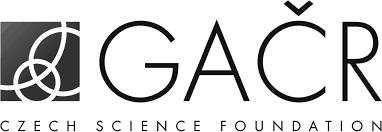The chemical degradation of PVC waste in SCW between 400 and 425 ◦C and reaction times from 30 to 60 min was studied. The PVC waste in SCW decomposed into the gas, oil, water soluble, and solid phases. The highest yield of the gas and oil phases was achieved at the temperature of 425 ◦C after 60 min. By increasing the reaction time at 400 ◦C, the yield of chloride ions in the aqueous phase increased and reached the maximum at 60 min. The gas and oil phases contained many valuable compounds similar to crude oil. Alkanes and chloroalkanes; alkenes, alicyclic, and aromatic hydrocarbons; as well as alcohols were the main groups of hydrocarbons in the oil phase, while the gas phase contained only light hydrocarbons (C1–C6 ), CO2, and small amounts of H2 . This confirmed that the largest chlorine content remains in the aqueous phase and does not pass into the gas phase. It can be concluded that SCW presents effective decomposition media for plastic waste.
The worldwide plastic waste accumulation has posed probably irreversible harm to the environment, and the main dilemma for this global issue is: How to define the waste quality grading system to maximise plastic recyclability? This work reports a machine learning approach to evaluating the recyclability of plastic waste by categorising the quality trends of the contained polymers with auxiliary materials. The result reveals the hierarchical resource quality grades predictors that restrict the mapping of the waste sources to the demands. The Pinch Analysis framework is then applied using the quality clusters to maximise plastic recyclability. The method identifies a Pinch Point – the ideal waste quality level that limits the plastic recycling rate in the system. The novel concept is applied to a problem with different polymer types and properties. The results show the maximum recycling rate for the case study to be 38 % for PET, 100 % for PE and 92 % for PP based on the optimal number of clusters identified. Trends of environmental impacts with different plastic recyclability and footprints of recycled plastic are also compared.


